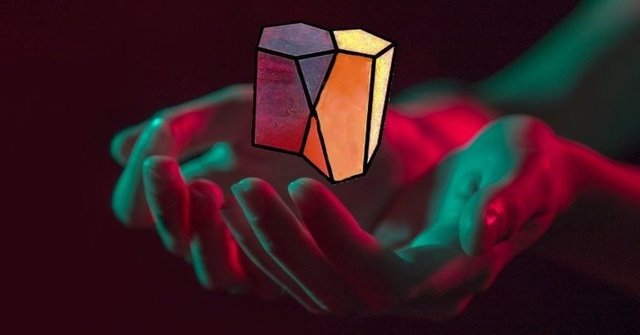Discover a new geometric shape: the escutoid
Discover a new geometric shape: the escutoid
This geometric shape just described explains how the epithelium folds. What does it look like?

The epithelium is a tissue that lines the cavities and structural surfaces throughout the body. As an embryo develops, the tissues bend into complex three-dimensional shapes that lead to the organs. The epithelial cells are precisely the building blocks of this process that form, for example, the outer layer of the skin and coat the blood vessels and organs of all animals.
As such, this epithelial tissue is made up of millions and millions of these tiny cells. These cells come together hermetically.
Until now, we represented the cells of epithelial tissues (or epithelium) as prisms, but an international team of scientists led by the expert in biology Luis M. Escudero of the University of Seville (Spain) has discovered that this model does not correspond to the organization of the cells in the epithelial tissues in the light of the microscope, identifying a new geometric shape in the process.
It looks like a prism, but while one end of the prism has five edges, the other has six: a geometric peculiarity made possible by a Y-shaped division that divides one edge of the prism into two, creating a mini triangle.
This strange "twisted prism" may sound like one of the drawings with which the artist M.C. Escher could have experienced, but according to the team, this form has never been previously described in the scientific literature.
They discovered that, during tissue flexion, epithelial cells adopt a previously undescribed shape that allows cells to minimize energy use and maximize binding stability. They have called this new form: escutoid, "a geometric solution for the three-dimensional packaging of the epithelia".
The researchers made this finding through computational models that used the Voronoi layout, a tool that is used in several fields to understand geometric organization. To his surprise, the additional shape discovered did not even have a name in mathematics, so it presented a fabulous opportunity to name a new geometric shape.
The group has called the new form "escutoide", because of its resemblance to the scutellum, the back of a thorax or the middle section of an insect.
Experiments
To verify the predictions of the model, they analyzed the three-dimensional packaging of different tissues in different animals. The experimental data confirmed that the epithelial cells adopted three-dimensional organization forms and motifs similar to those predicted by the computational model.
Using biophysical approaches, scientists argue that the escutoids - something like a twisted prism - stabilize the three-dimensional union and make it energy efficient.
Their findings could pave the way for understanding the three-dimensional organization of epithelial organs and lead to advances in tissue engineering.
"In addition to this fundamental aspect of morphogenesis, the ability to design tissues and organs in the future is fundamentally based on the ability to understand, and then control, the three-dimensional organization of cells".



so amazing